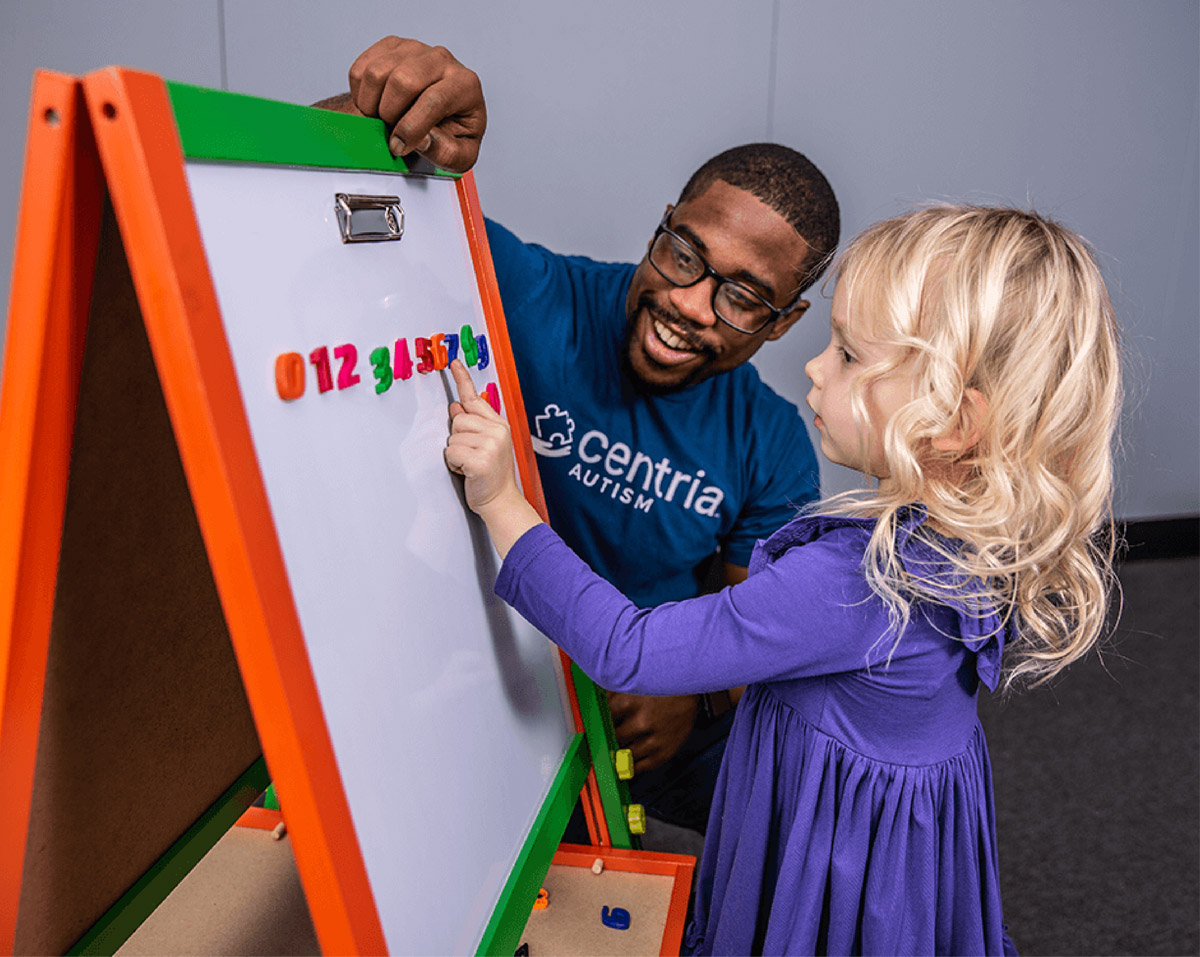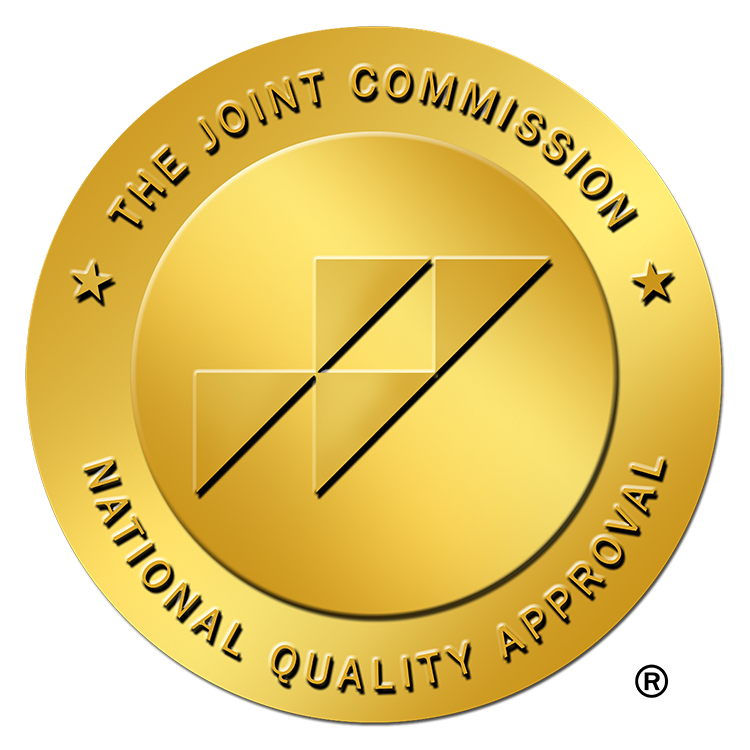The Evolution of Autism Evaluation for Children
Autism evaluations for kids have gotten a serious upgrade over the last ten years. Instead of just watching a child or jotting down stories from parents, specialists now use top-tier screening tools like the M-CHAT (for little ones) and the ADOS (for more detailed analysis), all backed by real clinical know-how. This combo doesn’t just boost accuracy it actually helps tell autism apart from other developmental differences.
Screenings Start Younger Than Ever
- Universal early screening: Experts at the American Academy of Pediatrics and the CDC say every child should get screened for autism at 18 and 24 months.
- Why so early? Catching signs sooner means you can jump on interventions fast, which can completely change a child’s future.
It’s Complicated And That’s Okay
- A 360° approach: Licensed Psychologists dig deep, looking at how your child talks, socializes, and acts in real life not just on paper.
- The goal: Understand what makes your child tick their strengths, struggles, and everything in between so that support can actually fit who they are.
Today’s evaluations are about seeing the whole child, not just a label. And that’s a huge step forward.
What Happens During the Autism Diagnosis Process?
Expect a multi-layered process. Autism diagnosis isn’t just about ticking boxes on a checklist. It’s a careful blend of expert observation, standardized tools, and your firsthand knowledge as a parent, all working together to paint a true picture of your child.
Here’s how it typically unfolds:
- Start with a referral: Your pediatrician points you toward a specialist for a full developmental assessment.
- Share your story: You’ll be asked about your child’s milestones, how they communicate, interact, and any red flags you’ve noticed. Your perspective is front and center.
- Standardized testing: Pros use well-established tools like the M-CHAT, ADOS, or CARS. These aren’t just forms they involve watching your child in action and interviewing you for the inside scoop.
- Direct observation: Licensed Psychologists look closely at how your child reacts to new environments, handles sensory input, and picks up on social cues. It’s like a backstage pass to their everyday world.
- Rule out other conditions: Autism can overlap with conditions like ADHD or anxiety. Part of the process is sorting out what’s what, so nothing gets missed.
- Parent partnership: Your insights shape the diagnosis. No one knows your kid better, and your input rounds out the clinical view.
This whole approach is about getting it right, not rushing. The goal? A diagnosis that actually fits your child and a roadmap to the support they need.
SEE ALSO: Centria Autism’s Diagnostic Evaluation Process
Beyond the Diagnosis: Next Steps and Parental Advocacy
Getting an autism diagnosis isn’t the end of the story. It’s your starting line. That diagnostic report? It’s more than a stack of papers; it’s your custom action plan, pointing you toward early intervention programs, therapies like speech or occupational therapy, ABA, and vital school resources such as IEPs or 504 plans. Plus, community groups and parent networks are out there, ready to offer support from people who truly get what you’re going through.
Let’s be honest, the emotional rollercoaster is real: relief, fear, maybe even grief. All those feelings are valid, so give yourself grace as you process it all. Here’s the crucial part: your voice matters more than ever right now. Get curious. Ask tough questions, seek out second (or third) opinions, and work hand-in-hand with your child’s therapists, teachers, and doctors. As your child grows, keep checking in. Reassessments are key for adjusting supports.
Progress won’t always follow a straight line, and you’ll need to keep advocating. Locking in new therapies, tweaking IEPs, or just cheering your kiddo on at home, every effort lays another brick in their foundation. Don’t go it alone; tap into community resources or join a parent group. Your persistence and passion will shape your child’s future in ways that really count.
Final Thoughts
Getting a handle on how autism is diagnosed arms you with the confidence to fight for the support your child needs, exactly when they need it. Once you know how screening tools work, what a full evaluation looks like, and how to navigate therapies and services, you’re ready to speak up for your child at every turn. Sure, the process can feel overwhelming at first. But when you’re well-informed, you know what to ask, you can jump on early interventions, and you get to cheer your kid’s progress big and small. For families, understanding the steps takes some of the fear out of the unknown and replaces it with action making sure your child gets the compassion, resources, and chances they deserve.





